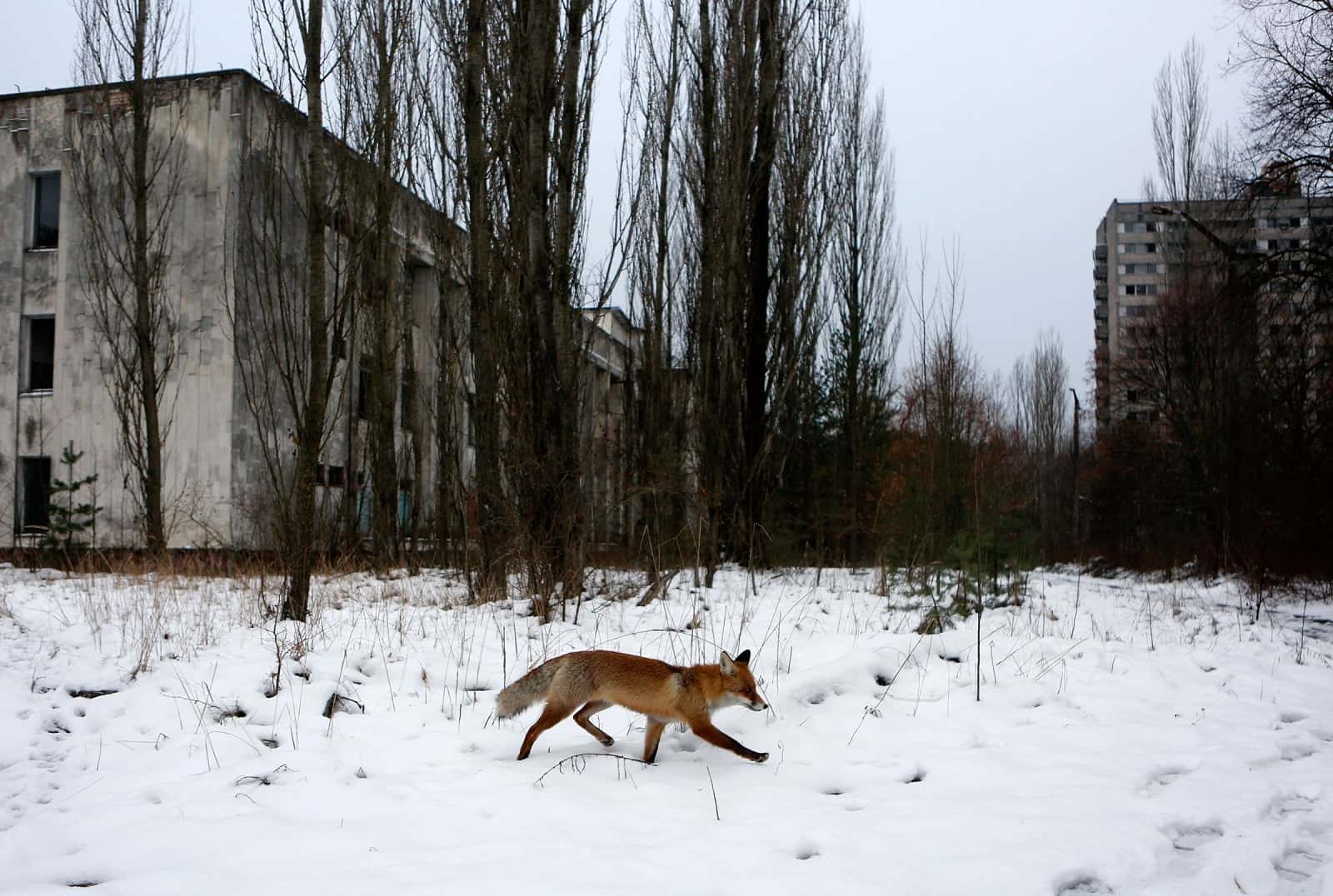
Why are so many endangered animals living in Chernobyl today?
In April 1986, the world witnessed one of the worst nuclear disasters at the Chernobyl nuclear power plant in Ukraine as a result of a flawed reactor design, operated with inadequately trained personnel. Now, there are theories doing the rounds that another version of the disaster might be brewing.
It won’t be anything as horrific as the 1986 disaster, but according to the Institute for Safety Problems of Nuclear Power Plants (ISPNPP) based in Kiev, Ukraine, the strength of the runaway nuclear reactions might be building up. What’s the magnitude or intensity of this buildup? That’s hard to say.
This is partly hopeful because the speed of the buildup is so slow, it gives scientists time to determine the likelihood of another nuclear disaster taking place at the site. Once we have more information, it’ll also be easier to initiate preparedness & prevention plans for the same. 
A blast from the past
Why had the Chernobyl disaster taken place in the first place? As mentioned above, the disaster happened due to a combination of factors: a design flaw in the reactor and semi-trained personnel operating the machinery. The explosion reportedly released at least 5% of nuclear material from the reactor core. The tragedy forever changed many parts of Europe.
Casualties also included plant workers and people in proximity who suffered acute radiation syndrome. There were also around 5,000 cases of thyroid cancer detected. Resettlement of the displaced population is ongoing to date. Due to the radioactivity, the area was considered unsafe for people to resettle there. In fact, the area was unfit for any life.
The pine forest near the plant — now dubbed the “Red Forest” — witnessed the death of all the pine trees, their leaves turning red (hence the name). No wildlife seemed to have survived the initial disaster. With time, in the absence of humans & their activities, nature seems to have taken a liking to the geographical space three decades on. Chernobyl is suddenly teeming with animals.

Flourishing wildlife
Research has shown that wildlife, including animals, are reclaiming Chernobyl. Endangered species are now living in Chernobyl. You read that right.
James Smith from the School of Environmental, Geographical and Geological Sciences, University of Portsmouth shared: “Our research with Belarussian colleagues has found mammal populations in the reserve similar to other nature reserves in the region.”

He added, “Wolf numbers are seven times higher, likely due to much lower hunting pressure in the CEZ.” James Smith & Nick Beresford from the Centre for Ecology and Hydrology, along with other researchers from Ireland, France, Belgium, Norway, Spain have studied animals, including big mammals, nesting birds, amphibians, fish, bumblebees, earthworms, bacteria and leaf litter decomposition.
Regarding the Chernobyl animals, Beresford shared, “Our camera trap surveys in Ukraine have photographed Eurasian lynx, brown bear, black storks and European bison. Ukrainian and Belarussian researchers have recorded hundreds of plant and animal species in the zone, including more than 60 rare species.”

What does this mean? What’s next?
Why have animals flourished in an area ravaged by a nuclear explosion just three decades ago? Scientists suspect that wildlife may actually be more resilient against radiation than they envisaged. They also suspect that the resilience might not have been inherent, but built over time.
We all adapt to different circumstances, don’t we? Being able to live inside the exclusion zone might be an adaptive response of these species, big mammals in particular. All of this is also helped by the absence of humans to disrupt their peace. It has been suggested the area won’t be fit for humans for upwards of 24,000 years. No wonder the area has turned into a nature reserve.
Endangered animals like Przewalski’s horses are now thriving there, rescued from the brink of extinction through a captive breeding program intervention. Other species include Fernandina giant tortoise, Lord Howe stick insect, Somali elephant shrew, among others. The site of the 1986 Chernobyl disaster is, by no means, an expected venue for an ecological miracle. And yet, here we are.







